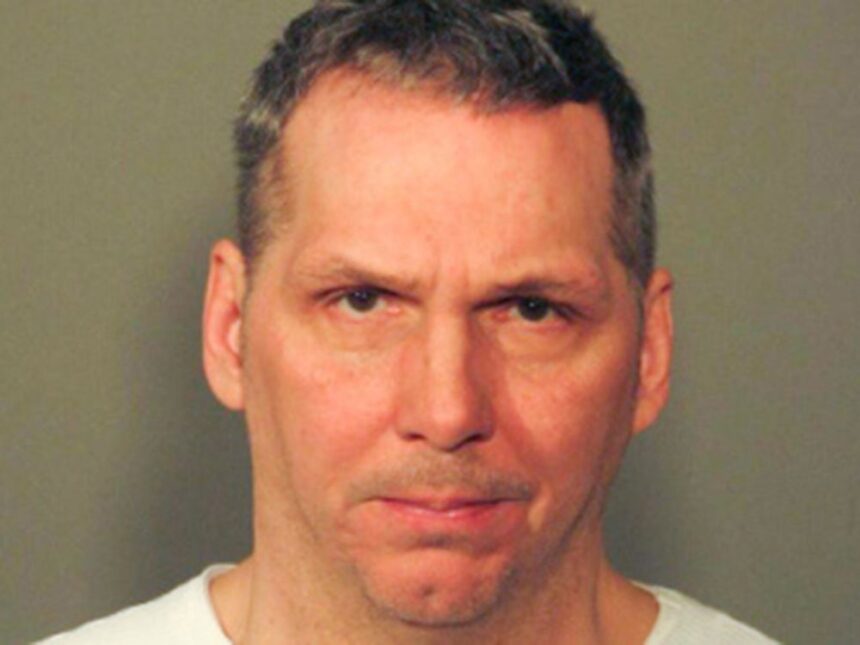The recent release of Jeffrey Robert Colegrove, a high-profile Montreal drug trafficker with ties to organized crime, has ignited a wave of public concern and scrutiny over Canada’s parole system. Colegrove, convicted in 2019 for operating one of Quebec’s largest drug distribution networks, was granted statutory release this month despite maintaining connections to criminal organizations throughout his incarceration.
“What we’re seeing is the predictable outcome of a system that prioritizes rehabilitation without properly assessing ongoing risk factors,” said Marie Desjardins, a criminal justice analyst who has studied Quebec’s organized crime landscape for over a decade. “Colegrove’s case exemplifies the challenges faced by correctional authorities when dealing with offenders who maintain their criminal networks while behind bars.”
Court documents reveal that Colegrove’s operation distributed over 200 kilograms of cocaine annually throughout eastern Canada before his arrest in 2018. The sophisticated network employed elaborate money laundering schemes and violence to maintain control over territory, according to evidence presented during his trial. Despite these serious charges, Colegrove becomes eligible for statutory release after serving two-thirds of his sentence, as mandated by Canadian law.
The Parole Board of Canada acknowledged “significant concerns” about Colegrove’s release but cited limited options for extended detention. “The board’s hands are often tied by statutory requirements,” explained former parole officer Jean Tremblay. “Unless there’s concrete evidence of imminent risk, they cannot legally continue detention beyond the statutory release date.”
Montreal police have expressed apprehension about potential impacts on public safety. “When individuals with extensive criminal networks re-enter society, we typically observe a period of reorganization within these circles,” said Commander Sophie Renaud of the Montreal Police organized crime unit. “Our teams are implementing enhanced monitoring protocols in areas where we anticipate increased activity.”
Community advocates have raised questions about the effectiveness of Canada’s rehabilitation programs for organized crime offenders. “The recidivism rate for individuals with established criminal connections is significantly higher than for other offender categories,” noted Dr. Michael Chen, who specializes in criminal rehabilitation at McGill University. “Our current programs aren’t adequately designed to address the unique challenges posed by organized crime affiliations.”
The case has ignited political debate about potential reforms to Canada’s parole system. Conservative critics argue for stricter conditions for organized crime offenders, while civil liberties groups caution against measures that might undermine rehabilitation principles fundamental to the correctional system.
Meanwhile, residents in neighborhoods historically affected by drug trafficking express unease about Colegrove’s return. “We’ve worked hard to improve safety in this community,” said Martine Bouchard, president of a local neighborhood watch association. “The release of someone with his history feels like we’re moving backward after years of progress.”
Federal Public Safety Minister Marco Mendicino has promised a review of release protocols for offenders with organized crime connections. “Public safety remains our paramount concern,” Mendicino stated at a press conference yesterday. “We’re examining whether current frameworks sufficiently address the unique risks posed by individuals who maintain criminal networks during incarceration.”
As Canada grapples with this contentious issue, the fundamental question remains: How can our justice system balance the principles of rehabilitation and reintegration with the legitimate public safety concerns posed by well-connected criminal offenders? The answer may reshape our approach to organized crime for decades to come.










